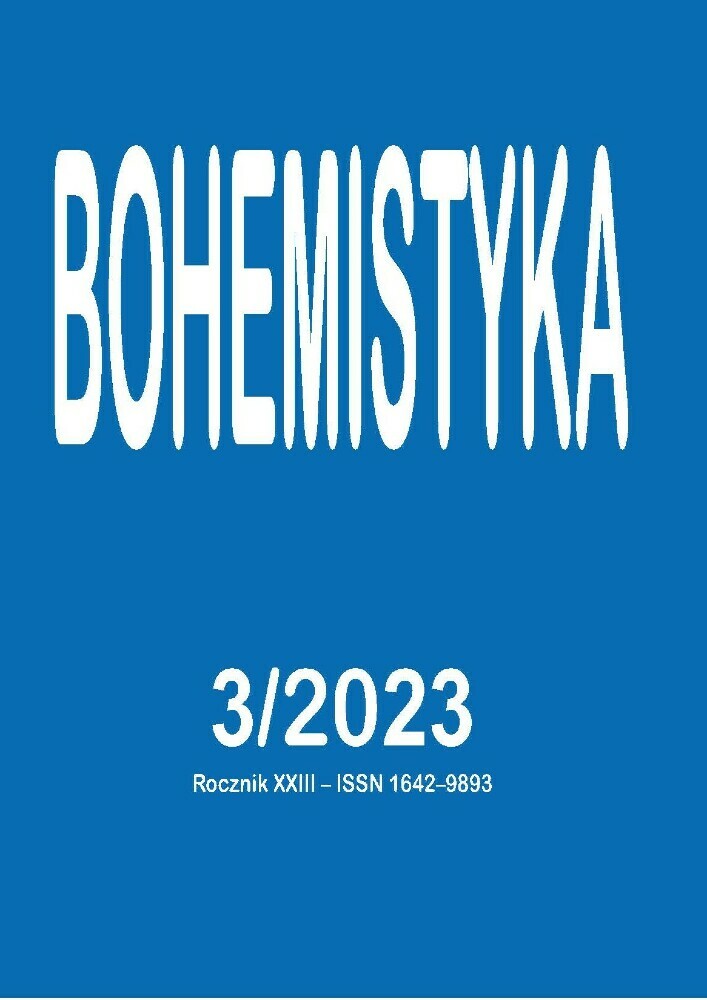Abstract
The play by František Vodseďálek, Ester, was written in the early 19th century and thus belongs to the late popular baroque. Vodseďálek based it on the dyadic principle, which is manifested in the structure of the drama in two parts, as well as in the excessive number of pairs of characters. The auctor inserted into an Old Testament story scenes from peasant life. They are set fairly regurarly, produce the sujet rhythm, and become the only source of comic effect in this drama. The play is further characterized by a quick change of settings. Vodseďálek’s dependence of the Book of Esther is rather free.
References
Dějiny českého divadla 1, 1968, Praha: Academia.
Frýd N., 1965, Kultura v předposlední stanici, in Theater-Divadlo, Praha: Orbis, s. 222–223.
Menčík F., 1895, Příspěvky k dějinám českého divadla, Praha: Česká akademie císaře Františka Josefa.
Menčík F. (ed.), 1895, Velikonoční hry, Holešov: vlastním nákladem.
Sochorová L., 1981, K lidové hře o královně Ester, „Český lid” 68, č. 3, s. 169–180.
Sochorová L., 1987, Sousedské divadlo českého obrození, Praha: Odeon.
Zíbrt Č., 1914, Lidová hra staročeská: Ester, „Český lid” 23, s. 277–296, 353–368.
License
Copyright (c) 2023 František Všetička

This work is licensed under a Creative Commons Attribution-NonCommercial-NoDerivatives 4.0 International License.




